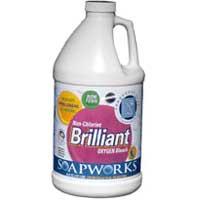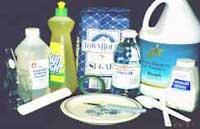Ingestion of caustic drugs can cause cancer
research of doctor María Cruz Tanco Nicolay highlights that three quarters of hospital admissions for ingestion of caustic in Navarre are children. The rate of juvenile contamination by chemical substances is 11.03 among 100,000 inhabitants. In the case of those older than 14 years, it is 1.61.
These data were reported in the doctoral thesis of the doctor María Cruz Tanco presented at the Public University of Navarra. This thesis has been possible thanks to the agreement between the Public University of Navarra and the UPV/EHU. This work also received the best note, outstanding cum laude.
From Pain to Cancer

Caustic contamination produces numerous damage. At first it produces sore throat and breathing problems, burns, vomiting, and buckles. In a second phase, the tissue is burned or destroyed and between 24 and 72 hours after sinister ulcers appear to regenerate it. After 14-21 days the patient enters the healing phase and the patient's esophagus may be tightened or closed due to healing. The Navarrese doctor has highlighted in his work that all this can cause cancer.
Caustic, within reach of children
Caustic substances are divided into alkali (caustic soda, detergent, bleach or ammonia, for example), acids (such as paint solvents, salfuman and bath cleaners) and finally redox cyclers (paraquat and diquat caustic herbicides and hydrogen peroxide or high concentration oxygenated water). In short, they are very used products in the home, especially for cleaning.
According to María Cruz Tanco, caustic legislation has been hardened by limiting the concentration of these products and establishing safety closures. We must also take into account the efforts of parents and educators to keep children away from caustic products.

However, numerous lesions continue to occur due to the ingestion of caustic, especially due to the availability of these products in the home (various household cleaning products). In addition, the risk of ingestion of these chemicals increases considerably by moving the products from one container to another, as well as making them available to children.
According to data from María Cruz Tanco, in the U.S., U.S. centers against toxins, more than 80,000 people come to the doctor ingestion of caustic products (only 10% of the total intoxicated). On the other side of the Atlantic, European centres have presented another type of data: 30% of the intoxications are due to domestic products, of which 80% are caustic substances.
Buletina
Bidali zure helbide elektronikoa eta jaso asteroko buletina zure sarrera-ontzian











